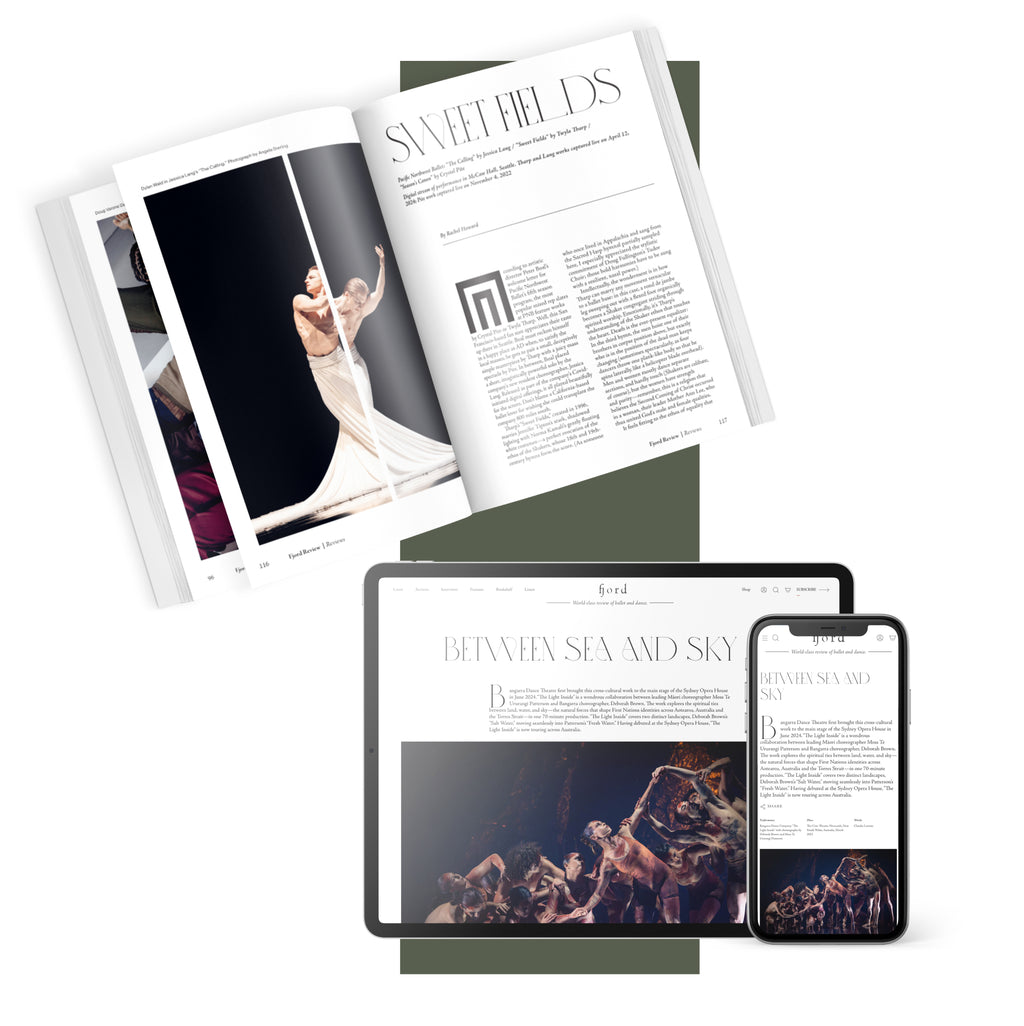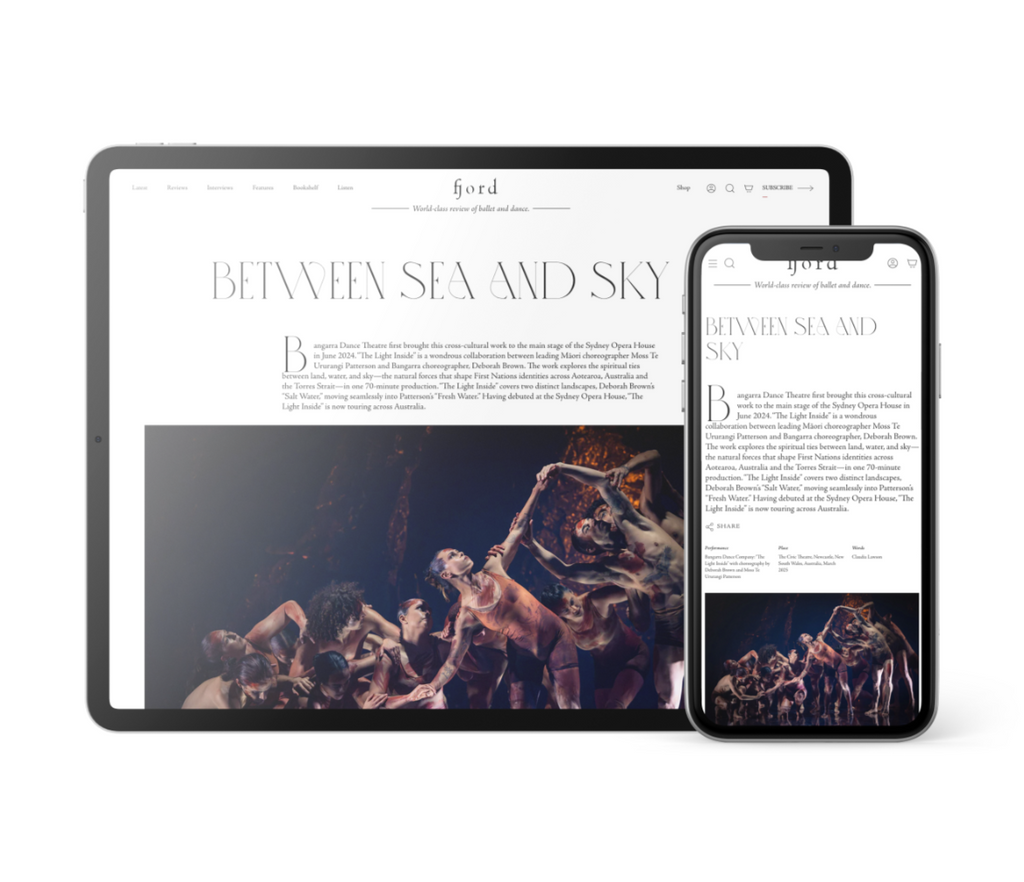Mishima’s Muse
Japan Society’s Yukio Mishima centennial series culminated with “Mishima’s Muse – Noh Theater,” which was actually three programs of traditional noh works that Japanese author Yukio Mishima adapted into modern plays.
Plus
World-class review of ballet and dance.
The New York City Ballet mounted no premieres this spring, unless you count the stage adaptation of Kyle Abraham’s Covid lockdown film “When We Fell.” Instead, the company drummed up hype by packing the season with debuts in dances both newish and old. I saw five dancers take on fresh parts in Alexei Ratmansky’s “Paquita,” which just premiered in February of this year, and nine dancers dip a toe into George Balanchine’s “La Valse,” from February of 1951. There were established ballerinas trying on minor ballets, like Sara Mearns in Balanchine’s “Pavane,” and developing talents stepping into big ballerina shoes, like Dominika Afanasenkov assuming Suzanne Farrell’s role Balanchine’s “Errante.”
Performance
Place
Words



“Uncommonly intelligent, substantial coverage.”
Your weekly source for world-class dance reviews, interviews, articles, and more.
Already a paid subscriber? Login

Japan Society’s Yukio Mishima centennial series culminated with “Mishima’s Muse – Noh Theater,” which was actually three programs of traditional noh works that Japanese author Yukio Mishima adapted into modern plays.
PlusThroughout the year, our critics attend hundreds of dance performances, whether onsite, outdoors, or on the proscenium stage, around the world.
PlusOn December 11th, the Alvin Ailey American Dance Theater presented two premieres and two dances that had premiered just a week prior.
PlusThe “Contrastes” evening is one of the Paris Opéra Ballet’s increasingly frequent ventures into non-classical choreographic territory.
Plus
comments